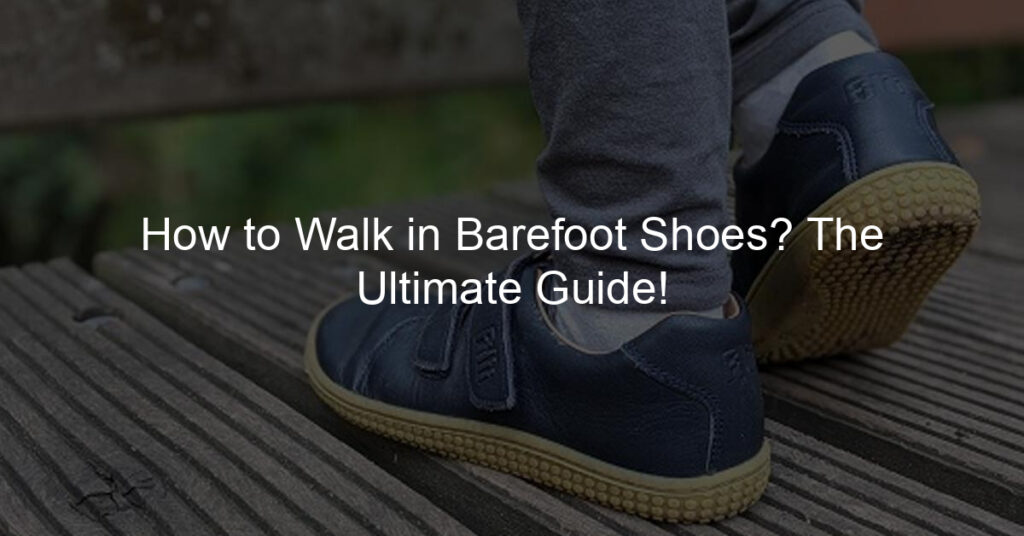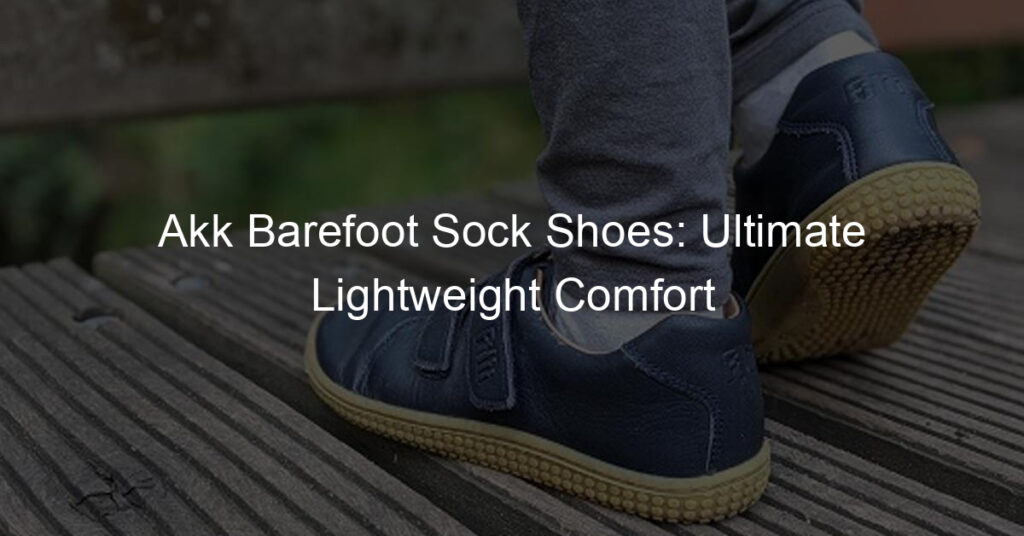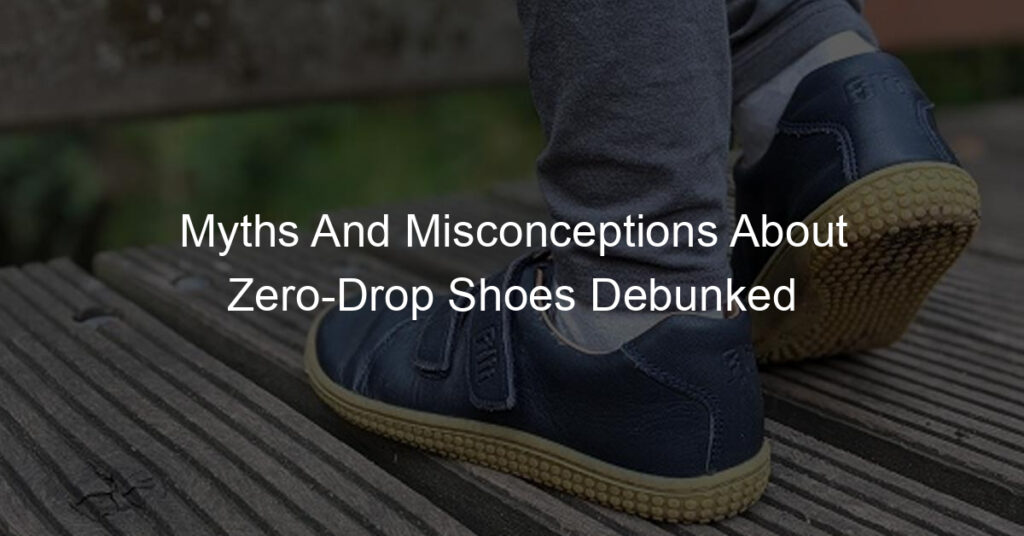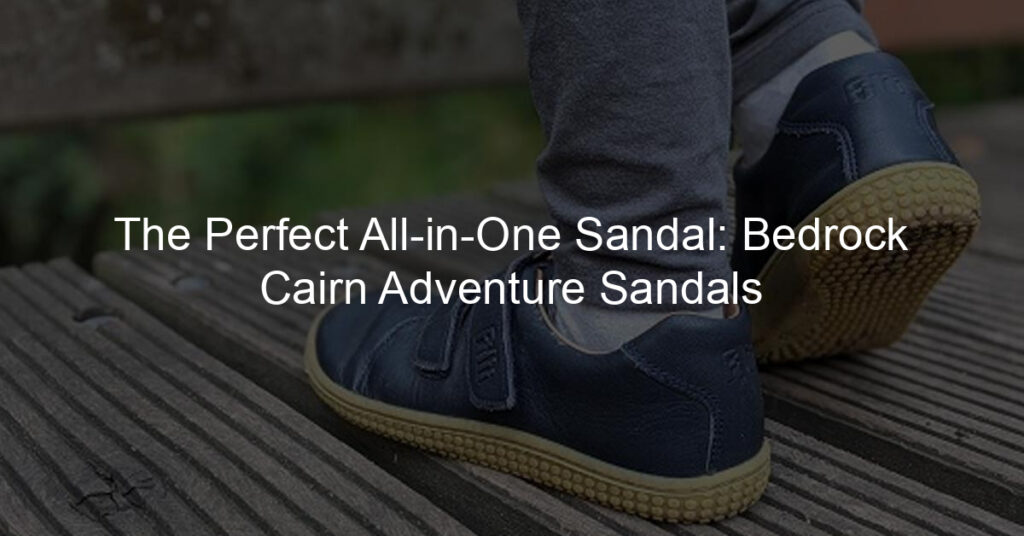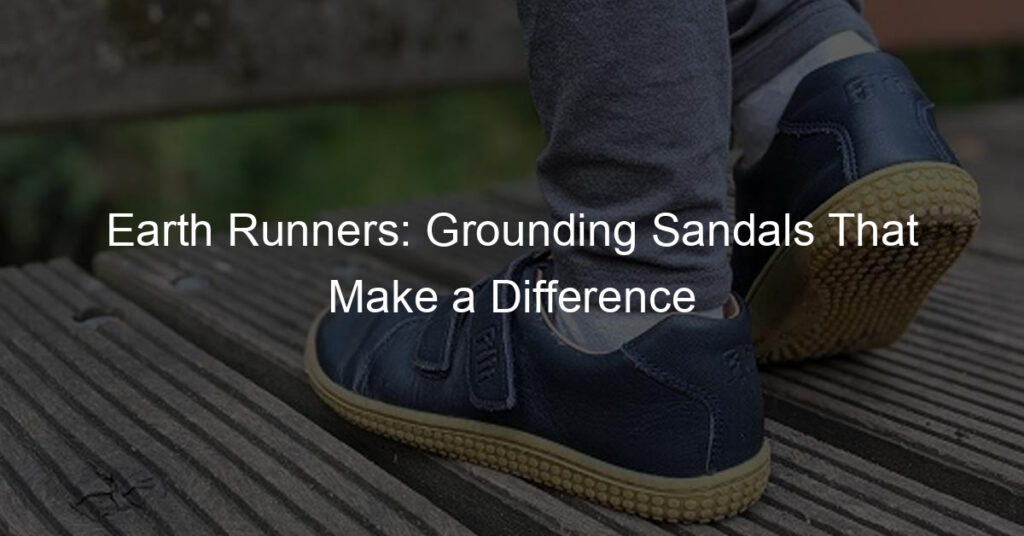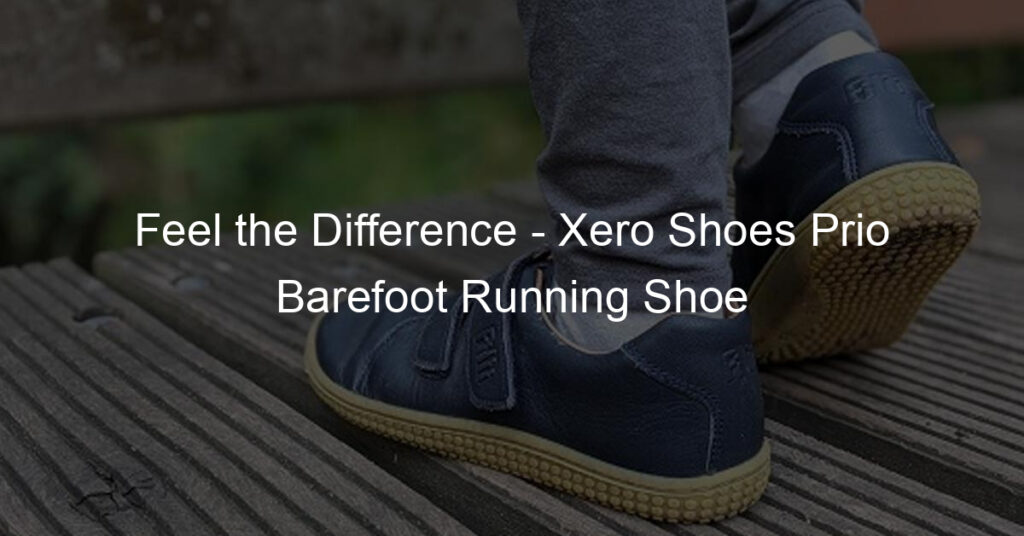When it comes to barefoot shoes, there are a few key things to keep in mind when it comes to how you walk.
First and foremost, it’s important to go slowly and be mindful of your surroundings. It’s also important to be aware of the different textures underfoot and to pay attention to your footing so that you don’t slip or trip.
The main difference is with the basic walking style.
There are two main ways to walk – heel striking and forefoot striking. A heel strike is when you land on your heel first and then roll through to your toes. a Forefoot strike is when you land on the ball of your foot first and then roll through to your heel.
There are pros and cons to both ways. Heel striking is more common and is often used by people who are new to barefoot shoes. It’s a safe way to walk, and it helps to protect your feet from impact. However, it can also lead to injuries, because it puts a lot of stress on your heels and ankles.
Forefoot striking is more efficient and uses less energy, but it can be harder on your feet because of the increased impact. It’s also important to be careful when forefoot striking because you can easily twist your ankle if you don’t land correctly.
Actually, the fact you actually fall forward with each step might save some energy but won’t strengthen your muscles, as if you’d create momentum with each step you take.
The best way to walk in barefoot shoes is to experiment with both techniques and see what works best for you. Start slowly and be mindful of your surroundings, and pay attention to how your feet feel. With time and practice, you’ll find the perfect way to walk in barefoot shoes. Pay close attention to your balance to prevent foot pain and other injuries.
Also, It will feel a little different to feel the ground with these shoes, especially if it has been a long time since you walked in thin-soled shoes. Here are a few tips on how to walk safely and effectively.
Start by getting used to the feel of the shoes on your feet.
Walk around your house or apartment for a few minutes to get a feel for them. If you can, find a grassy area outside to walk on, as this will give you a softer surface to get used to the shoes. it is perfectly normal to start slow and build your successful transition to wearing minimalist shoes on a daily basis.
Take your time and don’t worry about speed or distance at first. Once your walking technique will be aligned and you’ll feel comfortable, you can start adding speed and distance.
Be aware of your surroundings and where you are walking. If you’re not used to walking barefoot, it’s important to be extra careful of your surroundings so that you don’t accidentally step on something sharp or uneven. keep in mind you’ve just switched to a completely flat shoe. your legs will adjust pretty fast if you’ll keep an eye on the process.
Be mindful of different textures underfoot, and watch out for any potential trip hazards when moving forward.
Pay attention to your footing, and try to keep your steps even. In the beginning, be patient while adjusting your balance again, and be careful not to trip or slip when you’re wearing barefoot shoes.
Take into consideration the wide toe box when walking. This is one of the main differences between barefoot shoes and traditional shoes, so it’s important to keep this in mind when walking.
This toe box allows for more movement and flexibility in your toes, so you may find that your footing feels a bit different. It actually lets your foot function in a more easy and natural way, as close as it can be to walking barefoot.
Another thing to keep your eyes on is leaning forward while walking. Some people tend to lean forward no matter what shoe they wear. This isn’t necessarily a bad thing, but with barefoot shoes, you can balance your weight more evenly which can lead to a more comfortable walk.
With these tips in mind, you can comfortably walk in barefoot shoes and keep a safe and enjoyable experience. Just take your time, be aware of your surroundings, and pay attention to your footing, and you’ll be sure to enjoy all the benefits that come with walking barefoot.
How Long Can It Take to Get Used to Barefoot Shoes?
There is no definitive answer to this question as everyone’s experience will be different. It generally takes a few minutes to get used to the feel of barefoot shoes, but it may take longer for some people. Just take your time and be patient, and you’ll eventually get used to them.
unlike wearing shoes, wearing barefoot footwear is the closest to walking barefoot. So just like when you go bare feet, pay extra attention to the surface you’re walking on. You may feel rocks or sticks that you didn’t feel before.
The surface temperature is also something to be aware of as you now have less protection. If the ground is too hot, it can burn your feet. Too cold and your feet can get frostbite.
After a couple of days, you should be more used to the sensation. If you know in advance that you are going to a place with extreme weather conditions, you should wear shoes that fit these conditions.
There are several levels of minimalist shoes. Some people start with shoes that have a thicker sole to get used to the feeling of having less protection.
As you get more used to the feeling, you can graduate to truly minimalist footwear which has a very thin sole.
Are Barefoot Shoes Good for Walking?
Wearing minimalist shoes has a number of benefits that make them ideal for walking.
Actually, walking in barefoot shoes is pretty similar to barefoot walking.
Additionally, barefoot shoes provide a better ground feel and allow you to pay closer attention to your footing, helping you avoid trip hazards.
Some of the barefoot shoes on market can be worn with socks or toe socks, and some you can just wear on your bare feet.
Finally, barefoot shoes are often more comfortable than traditional shoes, making them ideal for a long walk. With these benefits in mind, barefoot shoes are an excellent choice for anyone looking to improve their walking experience.
Are Barefoot Shoes Good for Walking Outdoors?
Barefoot shoes are a great choice for outdoor walking, as they provide a number of benefits that make the experience more enjoyable.
First and foremost, barefoot shoes provide a better ground feel, which can help you avoid trip hazards. Additionally, they often allow you to pay closer attention to your footing, helping you stay more balanced and avoid slips and falls.
Finally, barefoot shoes are usually more comfortable than traditional shoes, making them ideal for long walks.
How to Start Walking in Barefoot Shoes?
Start by simply placing one foot in the shoe and then the other. Be sure to adjust the fit to ensure that your feet are comfortable. You may need to loosen or tighten the laces as needed.
Once you have both feet in the shoes, start to walk around slowly. Take small steps at first and get used to the feel of the shoes. As you walk, you may need to adjust the position of your feet slightly.
Keep walking until you feel comfortable and confident in your ability to walk in the shoes. Then, you can start increasing your speed and distance.
You’ll be able to notice the difference in your stride and how your feet feel when you walk barefoot. There’s no need to change the way you walk, but be aware of any discomfort or pain you may feel. If you have any concerns, consult a doctor or podiatrist.
Walking in barefoot shoes can take a little time to get used to. Be patient and give yourself time to adjust. With a little practice, you’ll be able to walk comfortably and confidently in your new shoes!
What Is the Effect of Barefoot Shoes on Your Walking Gait?
When wearing barefoot shoes, you will likely notice a change in your walking gait. This is because minimalist shoes encourage a more natural and heel-to-toe walking motion. Your natural gait is actually more efficient than the heel-first style that is often promoted by traditional running shoes. In addition, minimalist shoes allow your toes to spread out more, which can help to improve balance and stability.
How Can I Prevent Slipping or Tripping When Walking in Barefoot Shoes?
To prevent slipping or tripping when walking in barefoot shoes, it’s important to be aware of your surroundings and take your time.
Additionally, be sure to keep your steps even and avoid any potential trip hazards. If you feel like you’re about to slip or trip, slow down and be extra careful.
Like any other shoe, it may take some time to get used to walking in barefoot shoes.
What Are the Benefits of Walking in Barefoot Shoes?
There are a number of benefits to walking in barefoot shoes, including:
- They force you to go slowly and be mindful of your surroundings, which can help prevent accidents.
- They provide a better ground feel and allow you to pay closer attention to your footing, helping you avoid trip hazards.
- They are often more comfortable than traditional shoes, making them ideal for long walks.
- They can help improve your posture and alignment.
- They can strengthen the muscles in your feet and lower legs. Your glute muscles may also get a workout, as they help you stabilize your pelvis when walking.
- They can improve your balance and coordination.
- They let your entire foot move more freely, strengthening the muscles and improving flexibility.
As you can see, there are many benefits to walking in barefoot shoes. Not like with normal shoes, when choosing minimalist footwear, you should focus on comfort and quality.
If a pair of shoes feel good when you’re walking, that’s usually a good sign that they’re well-made and will provide you with the support and comfort you need.
When it comes to minimalist shoes, there are many different options available. You can find shoes that are designed for different activities, such as running, hiking, or even just walking around town.
You will also hear some people talking about zero drop shoes, minimal shoes, and all kinds of terms regarding minimalist footwear. There are differences between all these types of shoes, but in general, they all share some common features.
These include a low heel-to-toe drop, little to no arch support, and a wide toe box. This allows your feet to move more freely and helps to strengthen the muscles in your feet and lower legs.
At the end of the day, it’s important to choose a shoe that feels good and meets your needs. If you’re looking for a shoe to help improve your walking experience, you can always advise a podiatrist or a running coach to see if they have any recommendations.
There are also different styles of shoes, so you can choose the one that best suits your needs and personal preferences.
If you’re thinking to wear minimalist shoes, be sure to do your research and buy a pair that’s right for you. your legs are like the wheels of the human body. treat them carefully.
With so many different options available, you’re sure to find a pair of shoes that you love and that will help improve your walking experience!

